Leading market players are expanding and widening their product offerings, to acquire more competitive position in the market, which will lead the Cerebral Vasospasm Market, even faster. Market participants are also adopting a variety of strategic activities to acquire leading position, with important market developments tactics including new product developments & upgrades, contractual agreements, mergers & acquisitions, collaborations, higher investments, and collaboration with other organizations. To grow and survive in a competitive and rising market climate, Cerebral Vasospasm industry must provide cost-effective items.
The manufacturers are laying emphasis on the use of local resources to achieve operational efficiency in the Cerebral Vasospasm industry to benefit clients and increase the market sector. In recent years, the Cerebral Vasospasm industry has offered some of the most significant benefits to medicine. Major players in the Cerebral Vasospasm Market, including Headsense Medical Ltd., B. Braun Melsungen, Minnetronix, Bristol-Myers Squibb Company, Ingehlium GmbH, H. Lundbeck A/S, Actellion Pharmaceuticals Ltd., GE Healthcare, Edge Therapeutics Inc., Siemens AG, Aritria Medical, Philips N.V., and others, are attempting to increase market demand by investing in research and development operations.
Siemens AG (Siemens) is a technology-based company. Its operations cut across the sectors of electrification, automation, and digitalization. The business develops, produces, and installs items as well as sophisticated systems and projects. Additionally, a vast array of specially designed solutions are offered for different needs. Siemens focuses on energy production and delivery, as well as intelligent building infrastructure and distributed energy systems. It offers medical technology, digital healthcare services, and smart mobility solutions for both transportation i.e., rail and road. Worldwide, Siemens has a network of production facilities, warehouses, and sales offices.
It offers services to customers in a range of sectors, including energy, healthcare, infrastructure, process and manufacturing, among others. In Germany's Bavaria region, Munich serves as the home of Siemens. In July 2022, The ARTIS iconi ceiling, a ceiling-mounted angiography system developed for a range of standard and cutting-edge procedures in interventional radiology (IR) and cardiology, has received FDA certification, according to Siemens Healthineers. The system is developed for a combination of surgical operations because of its considerable mechanical flexibility.
Minnetronix a company that offers manufacturing, product development, and design services to the medical technology sector. By accelerating the delivery of medical products and life-saving treatments, the company, which specializes in developing a variety of proprietary platform technologies, hopes to address the unmet needs of clients, clinicians, and patients. These technologies include stimulation systems, ventricular assist devices, thrombectomy, ultrasound, blood pumping, and vacuum pumping systems. In February 2021, A majority recapitalization with Altaris Capital Partners, LLC was announced today by Minnetronix Medical, Inc., a leading provider of medical technology and an operating partner to numerous international medical device firms.
Altaris, an investment company with a healthcare sector concentration, has been a minority shareholder in Minnetronix since 2015 and actively manages $4.9 billion in equity capital.
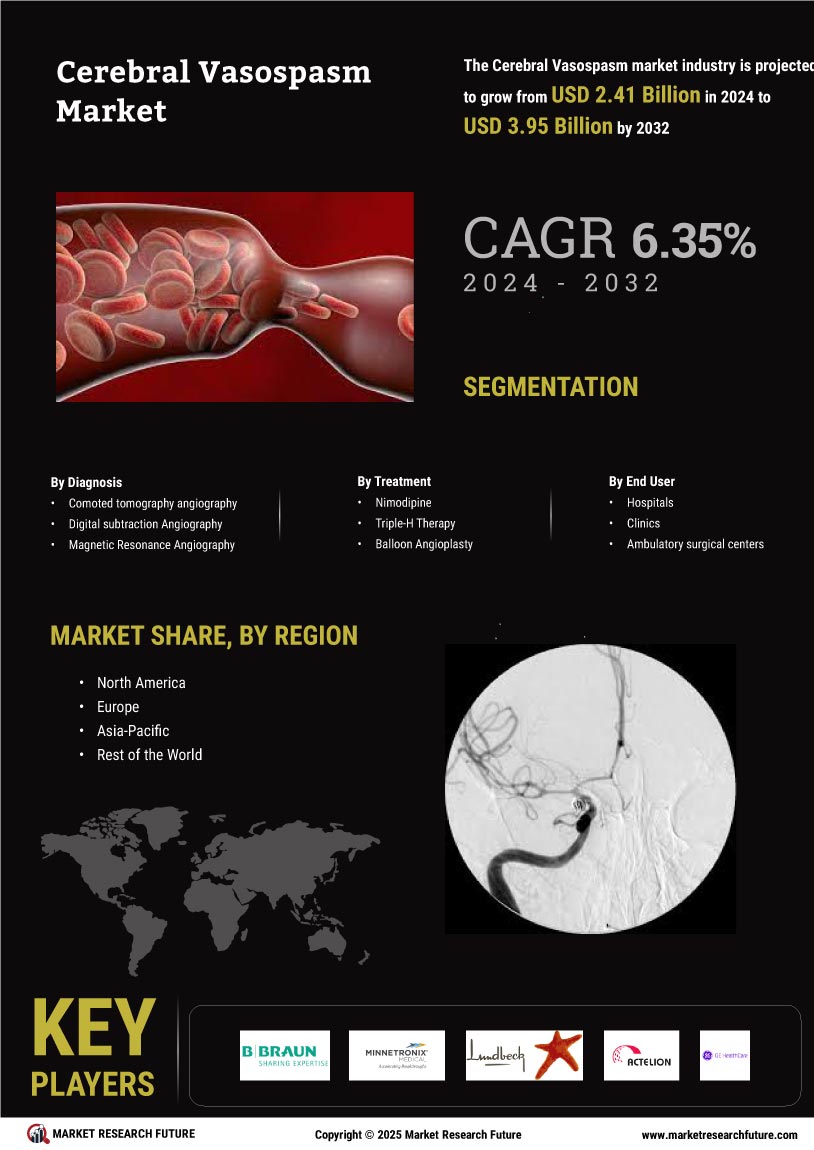

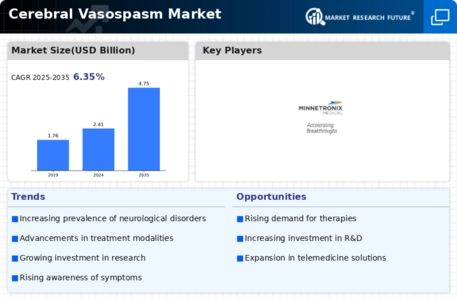
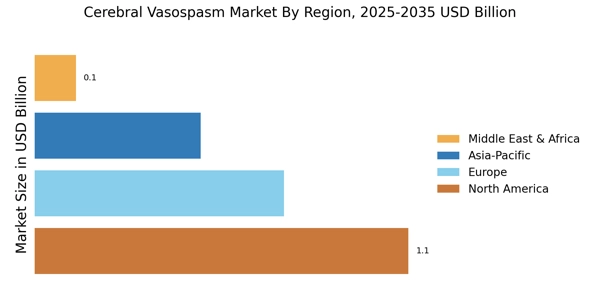
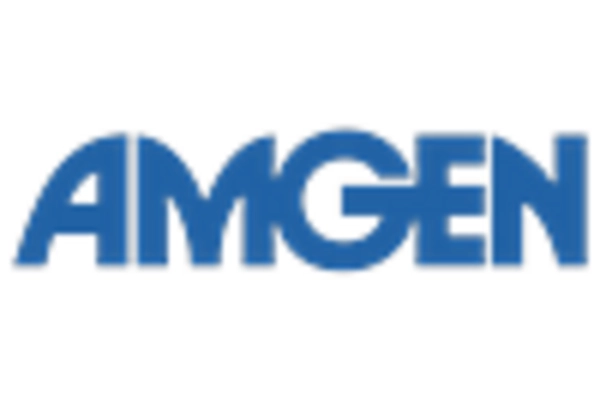
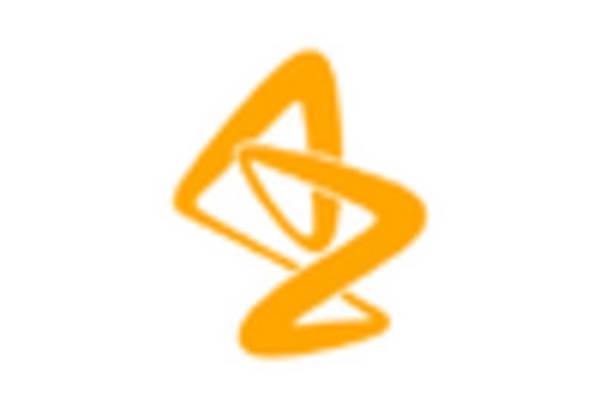
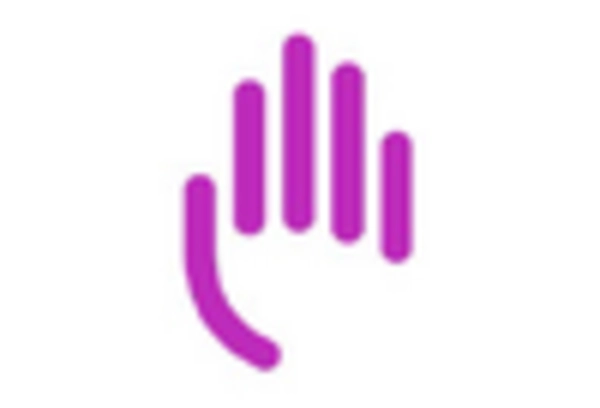
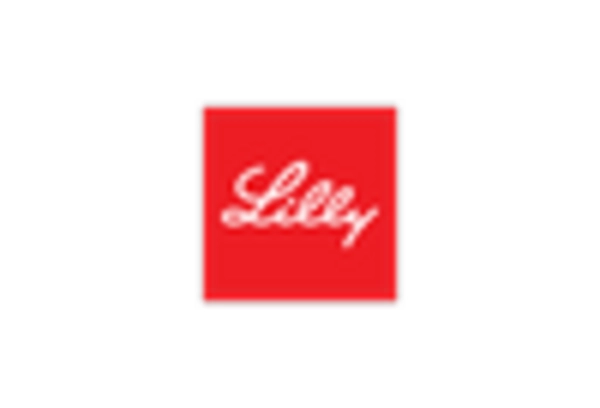
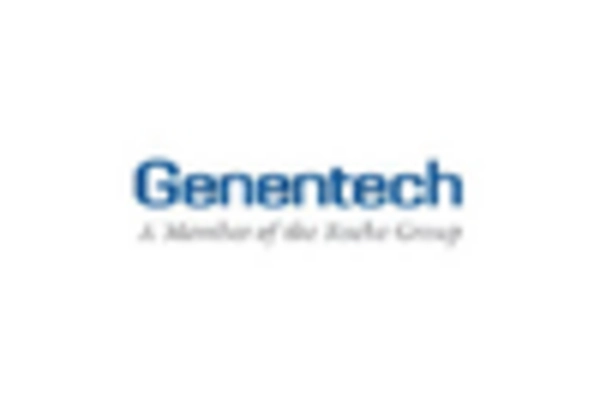









Leave a Comment